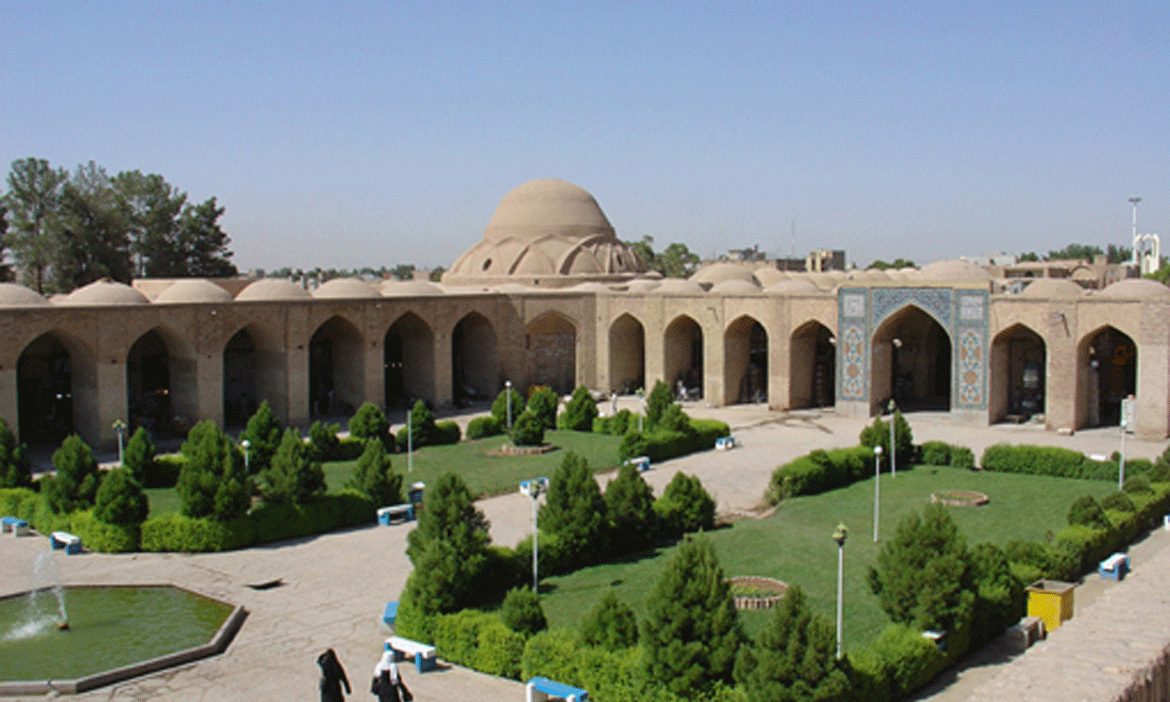The management rights of Vakil Bazaar in Kerman Province has been transferred back to the Revitalization and Utilization Fund for Historical Places after the private company that had leased the site failed to uphold its end of the contract.
The 17th-century site was returned to the fund through a court order, ISNA reported.
Vakil Bazaar, a section of Ganjali Khan Complex, is a Safavid-era building located in the southern part of Ganjali Square, in the center of the old city of Kerman.
Build in Isfahani-style of architecture, the bazaar’s interior is decorated with exquisite plasterwork and wall paintings. Although they are 400 years old, they are well-preserved. The bazaar is 93 meters long and is connected to Ganjali Square through 16 vaults.
The building’s deeds was transferred to EZAM Construction Investment Company in 2010 after the firm won a tender.
“However, due to poor management, the contract with the company was revoked as per a court order,” Mohammad Reza Pouyandeh, the head of the fund, was quoted as saying by the new agency. He did not provide details.
“The structure will be put up for tender again soon,” he added.
This is the second structure that the fund is taking back from EZAM. The same company had won tenders for two other famous sites in 2010: The Ameri House—a historical house in Kashan, Isfahan Province—and Tehran’s famed Masoudieh Mansion, one of the finest buildings of the Qajar era.
The firm had promised to restore and preserve the sites in return for using them for commercial purposes.
However, by allowing a film crew to use the mansion as a setting, which reportedly inflicted damage to the site, the investment firm contravened the contract, prompting the fund and its head, Pouyandeh, to begin legal proceedings earlier this year to take back the historical house.
To restore ancient buildings in a financially viable manner, the fund has initiated a plan to cede historical structures to the private sector and re-designated them as hotels, restaurants and lodging places.
The function of each building will be decided based on the structure’s conditions and location, economic feasibility, investor demand and infrastructure. The target is to cede about 100 buildings to the private sector for restoration every year, which means a total of 1,084 buildings will be ready for use by the end of the Vision Plan 2025.


